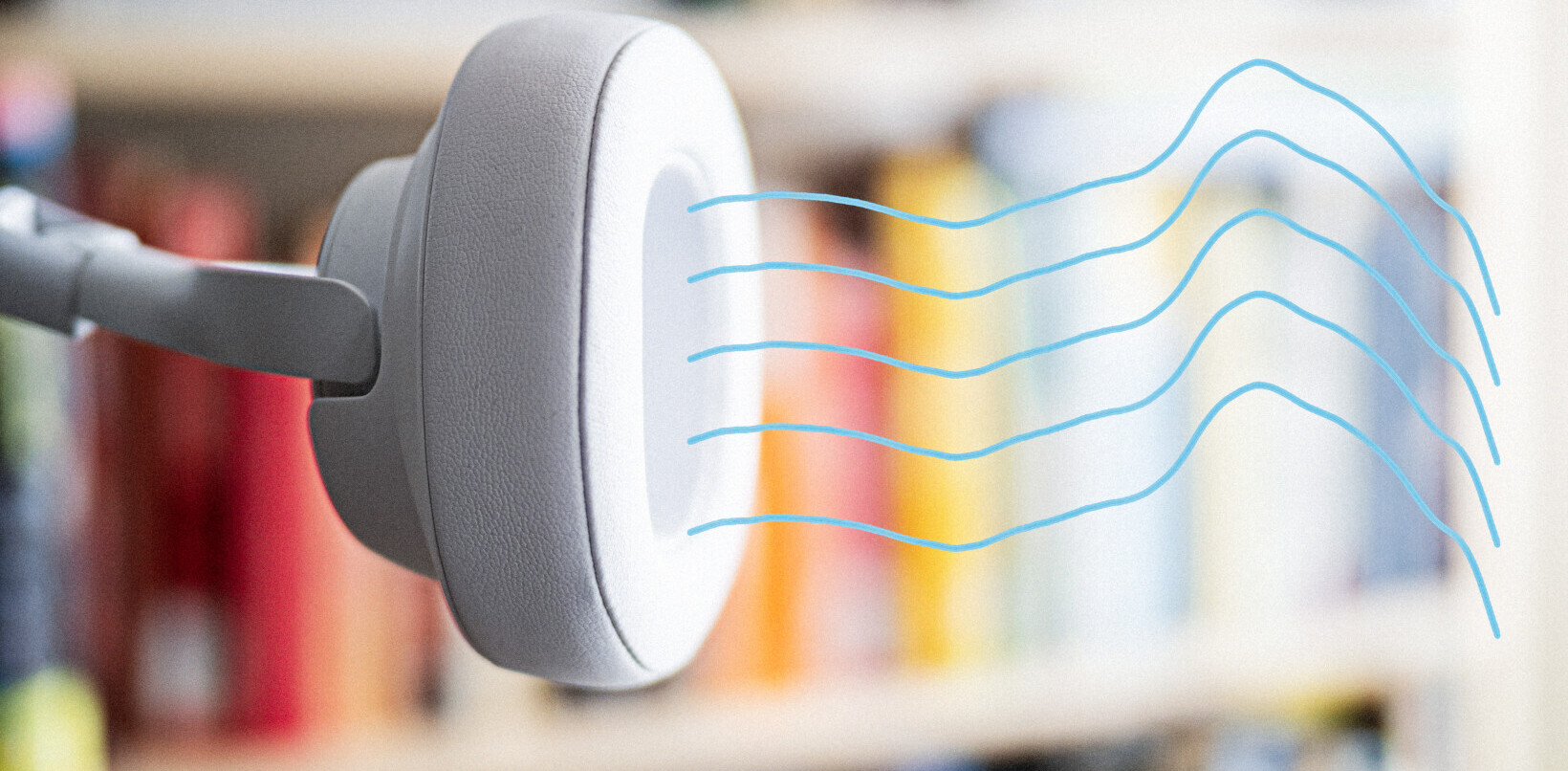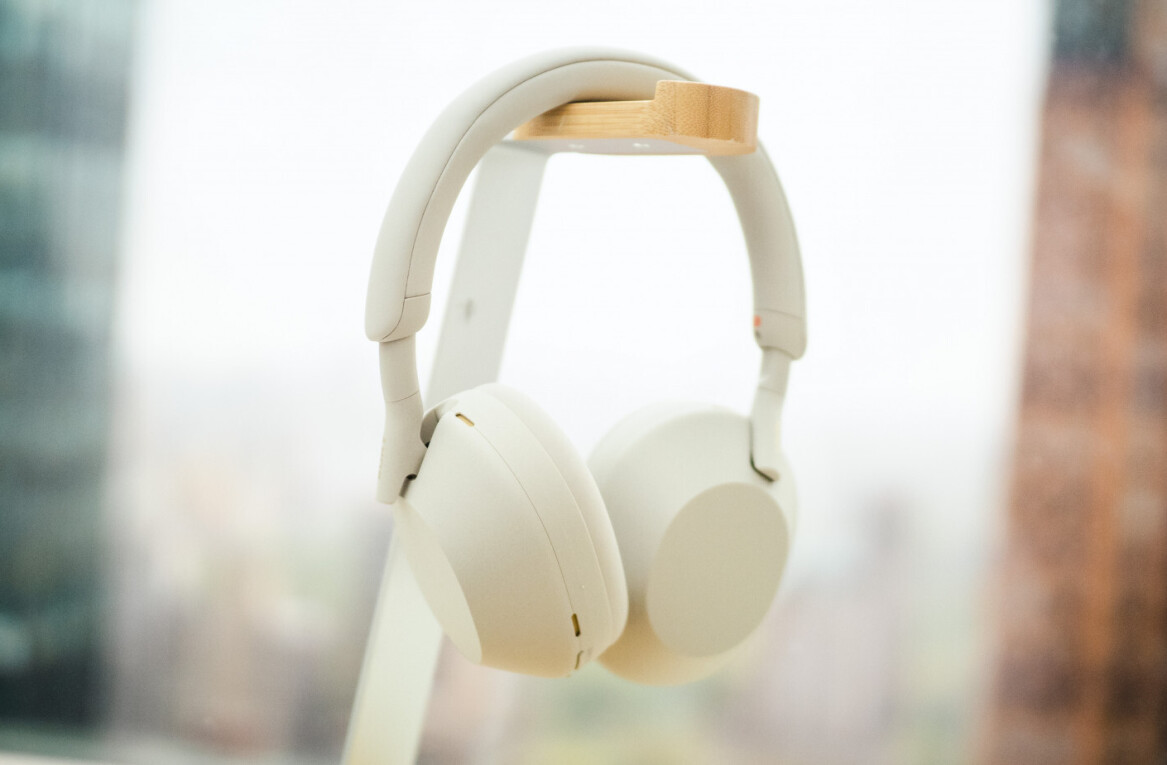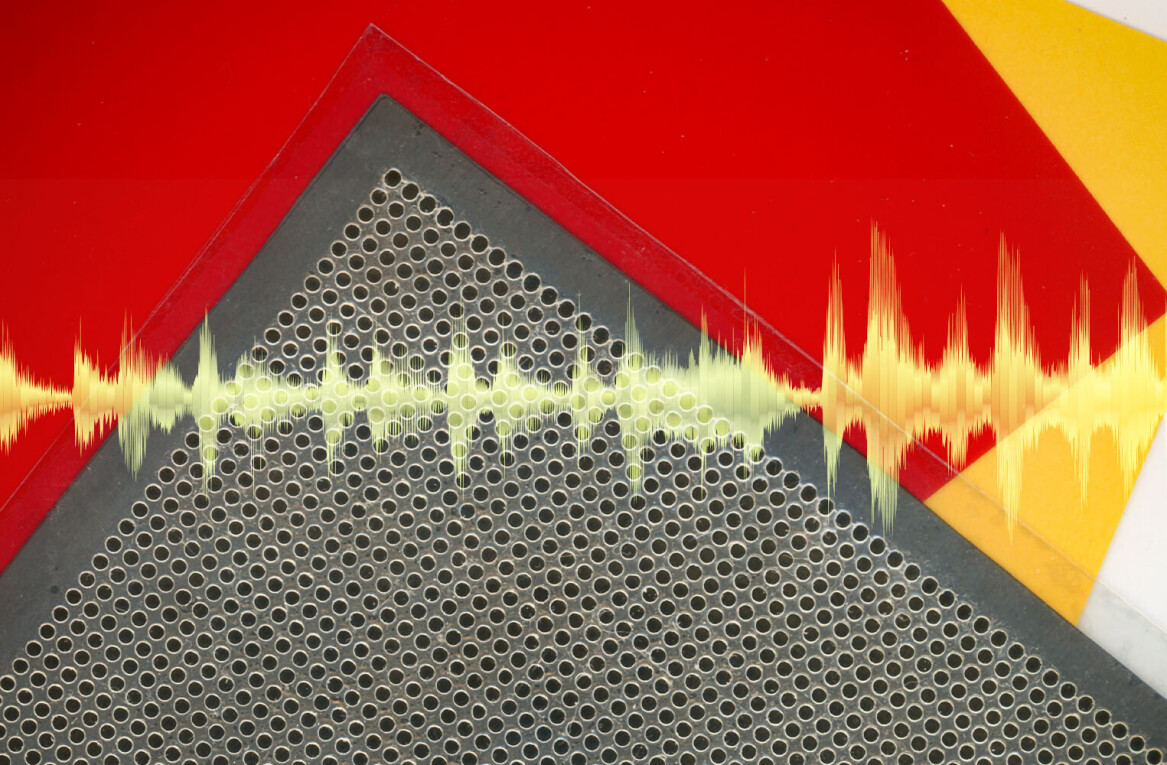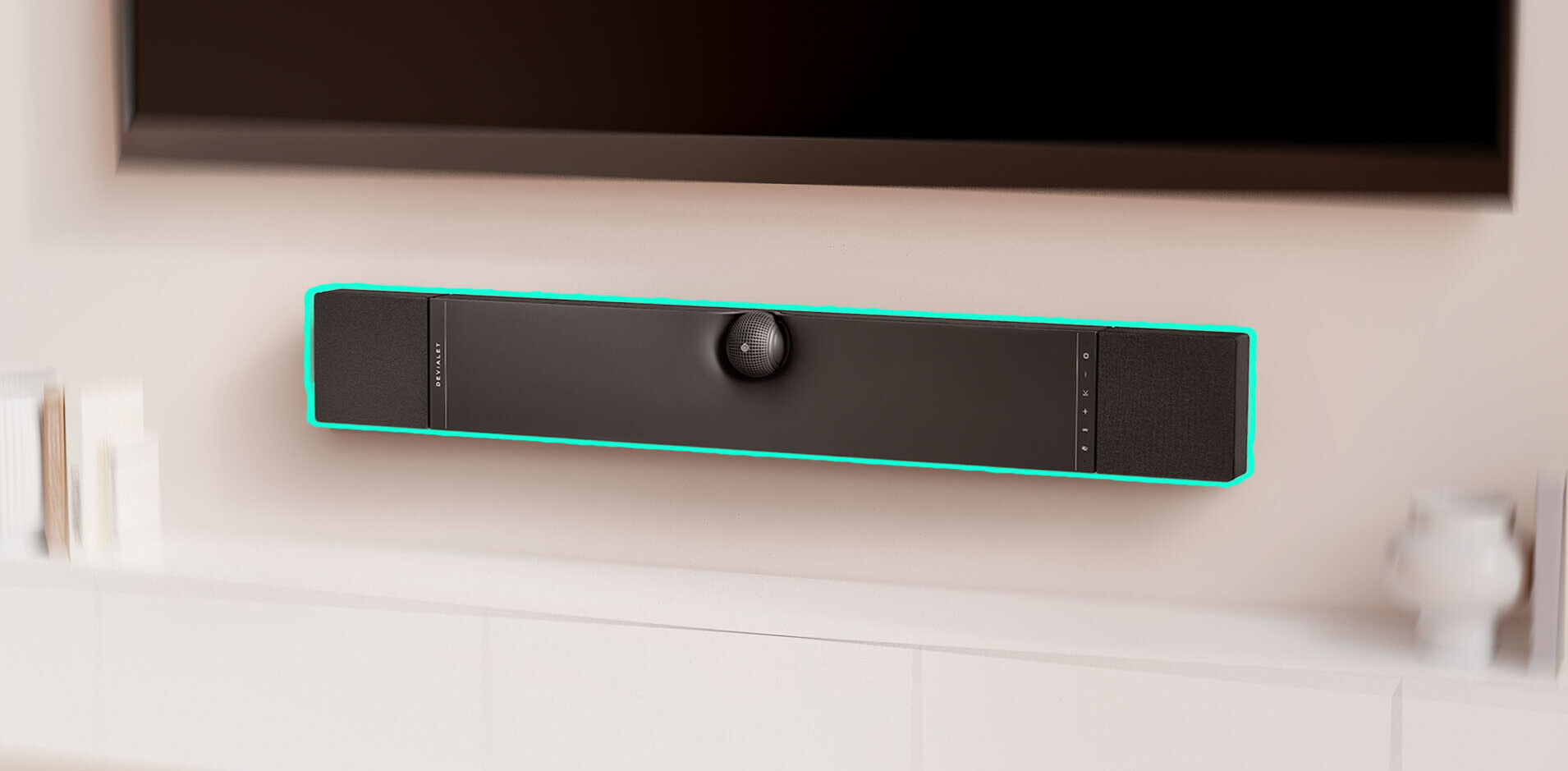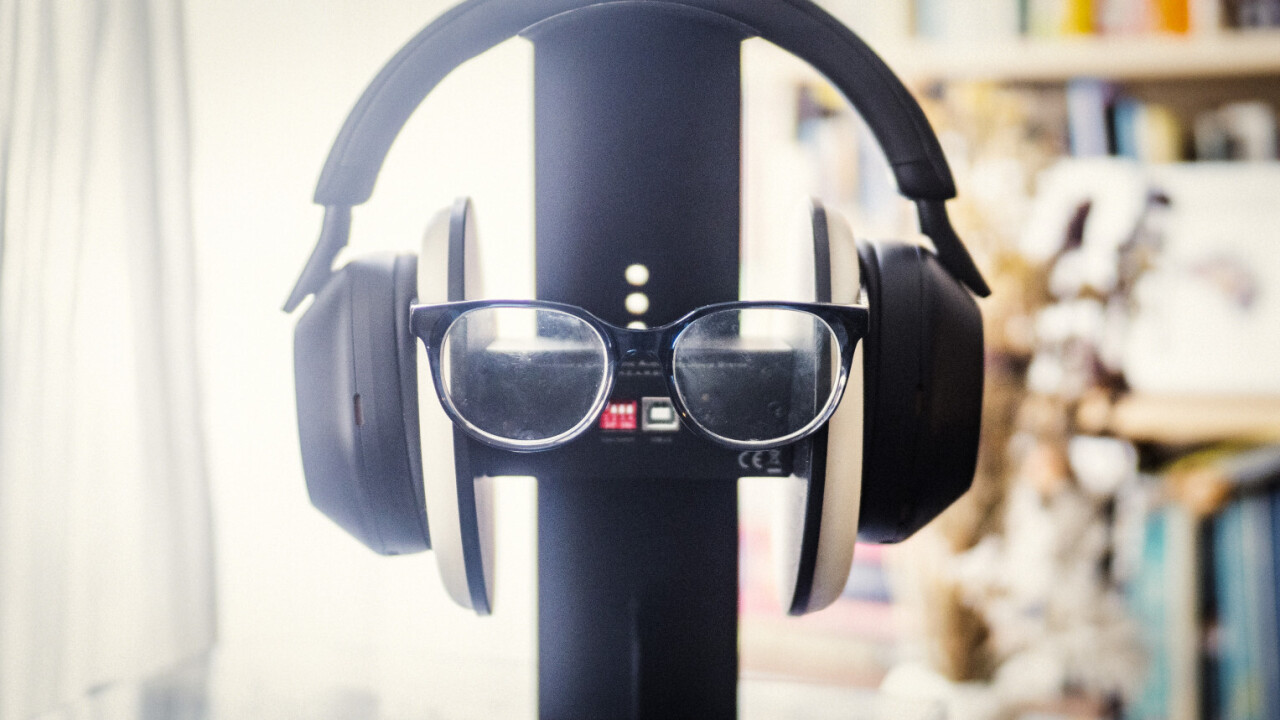
Headphones don’t like my hair.
That’s an unfortunate truth for someone who has spent half of his life being a little obsessed with headphones.
Getting good sound quality out of most headphones requires a good seal, but years of testing headphones have shown most simply don’t try to account for more voluminous hairstyles like the fro I’ve been growing over the pandemic. People who wear glasses often face similar issues, as the glasses can interfere with the seal to a similar extent.
It’s a bigger problem than you might think – and we can measure it.
Good sound usually requires a good seal
I first noticed this problem back in 2018 while testing a pair of high-end noise-canceling headphones. I was still ready to declare the headphones junk until I got my hair cut to a neat fade.
With that fresh new ‘do, the headphones suddenly sounded great — and it wasn’t just from the dopamine hit of a good Dominican haircut.
I was already well aware of the importance of a good seal as someone who primarily listened to IEMs at the time, but I’d underestimated the dramatic impact it could have on full-size headphones too. I’m convinced that when two people experience the same pair of headphones differently, that difference often comes down to the difference in the seal quality.
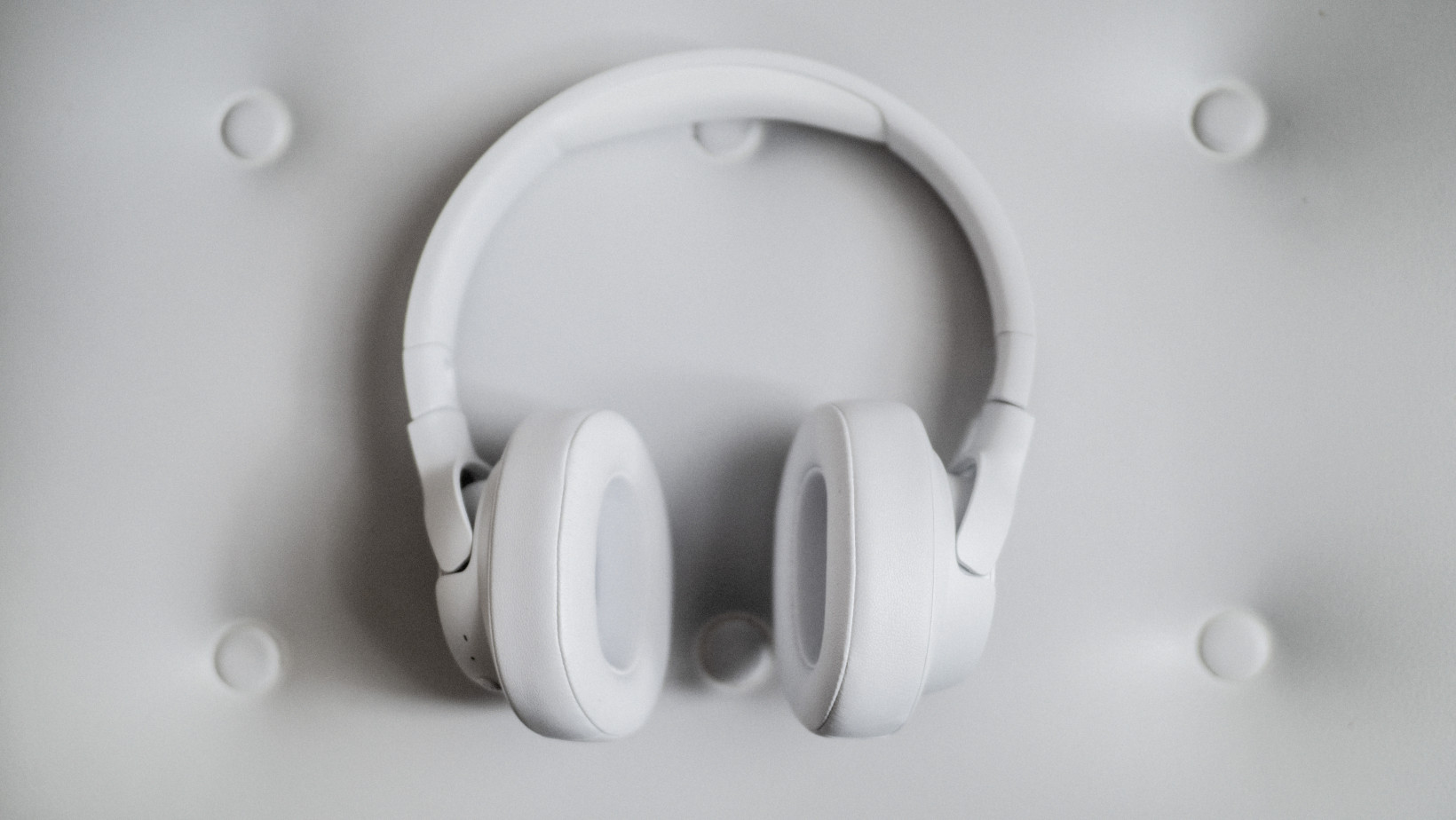
On IEMs, it’s usually pretty obvious when you have a bad seal. With headphones, the difference can be more subtle. I thought I was already getting a great seal as the headphones were providing decent noise isolation. Yet the sub-bass seemed to be lacking, and the headphones had an abnormal amount of distortion for something retailing for $400.
Moreover, my impressions of the headphone just didn’t line up with others I’d read at all, and while there’s always some subjectivity to audio, it’s not actually that subjective. Something was amiss. These headphones, like so many others I’ve tested since, just didn’t like my hair.
The data
It’s usually easier to notice a bad seal with closed-back headphones that don’t offer noise canceling. This tends to come out as an obvious lack of bass, something we can see clearly by taking frequency response measurements with and without a full seal.
Take the JBL 710BT, a pair of headphones I bought because they are remarkably neutral for the price. The problem is, even though the data proves they are capable of neutral sound, I’ve rarely experienced this neutrality. On my ears, they usually just don’t have enough bass unless I actively push the headphones against my ears.
(Note: these frequency response measurements are not using industry-standard equipment and shouldn’t be used as an absolute reference of performance. But they’re good enough for these comparative purposes).

In blue is the headphone’s performance with a proper seal. I was not able to find a wig that matched my hairstyle in time for publication, so the red curve shows how the same headphones perform after placing a pair of glasses on the test rig for a loose seal.
That’s a dramatic loss of bass. Although not all instances of bass loss will be this dramatic, the graph above reflects my initial impression of the headphones: they had virtually no bass.
A bad seal is enough to completely change the character of a pair of headphones. And even if you don’t listen to bassy music, bass presence affects your perception of the rest of the frequency range.
Granted, most cases of a bad seal probably won’t be that dramatic, but after doing hundreds of these headphone measurements (I usually reposition a headphone several times to take an average fit), it’s easy to see how small changes in positioning can yield audible differences in sound quality. Even a few decibels lost can make or break your perception of a pair of headphones.
I’m not just picking on the JBLs here – I chose them because they’re an example of a good headphone turned sour by a bad seal. I’ve seen similar results countless times over testing dozens of headphones in all price ranges, although some are pickier than others about positioning.
What about noise-canceling headphones?
Noise-canceling headphones make things a little more interesting. Many of them, such as the new Sony WH-1000XM5, actually use their built-in microphones to detect a bad seal and make up for it by boosting the bass. If you check out the data on a site like Rtings, you’ll see that the closed-back headphones with the most consistent frequency response tend to be noise-canceling models.
This is often a great thing as it makes headphones much less finicky about positioning. Our ears are most sensitive to frequency response, so as long as all the frequencies are properly balanced, a pair of headphones will usually sound good. Usually.
But increasing the bass beyond the headphone’s default tuning comes at the cost of distortion. This is especially true for the drivers in noise-canceling headphones, which are already pulling double duty by canceling out the soundwaves of the outside world.
Now, the effects of distortion are often exaggerated in the audio world. In reality, it takes quite a bit of distortion before most people notice it, especially at bass frequencies. Moreover, depending on the kind, distortion doesn’t even always sound bad (electric guitars sound cool because of distortion, after all). It’s a complicated topic that’s beyond the scope of this article.
Nevertheless, pushing a driver beyond its limits doesn’t usually yield pleasant results. Unfortunately, several noise-canceling headphones I’ve tested have suffered from annoying distortion when listening at higher volumes – distortion that disappears as soon as I fix the seal.
Here’s some more data for you. The graph below shows how the Sony headphones perform at high volumes with (red) and without (blue) glasses again.

The frequency response changes, but the difference is far less dramatic than with the JBLs. Again, this is normally a good thing. But at high volumes, I’ve found noise-canceling headphones like these will consistently distort with heavy bass unless I take extra care to ensure a proper seal.
Here’s the distortion with the good seal.
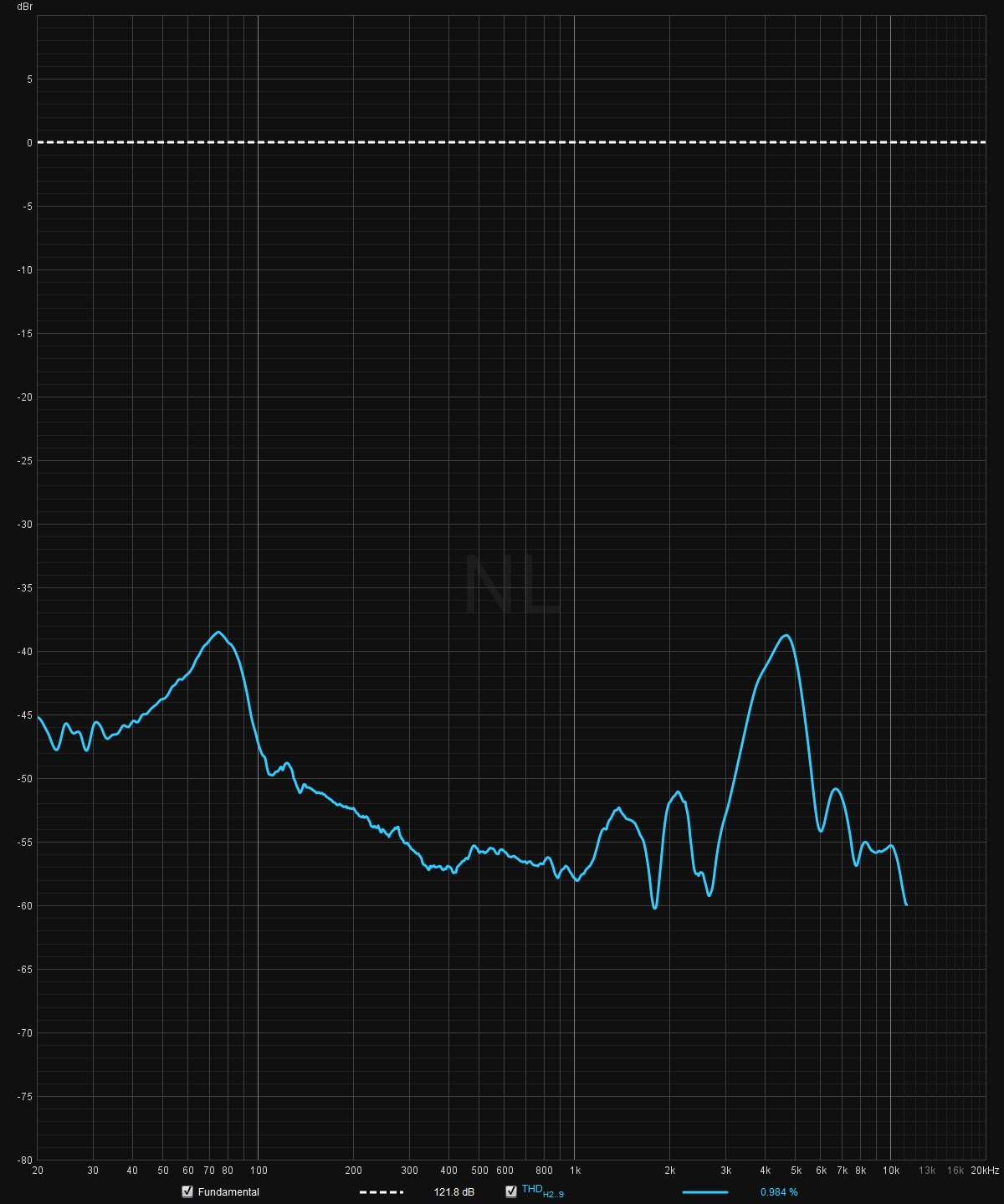
And here’s the distortion with a bad seal:
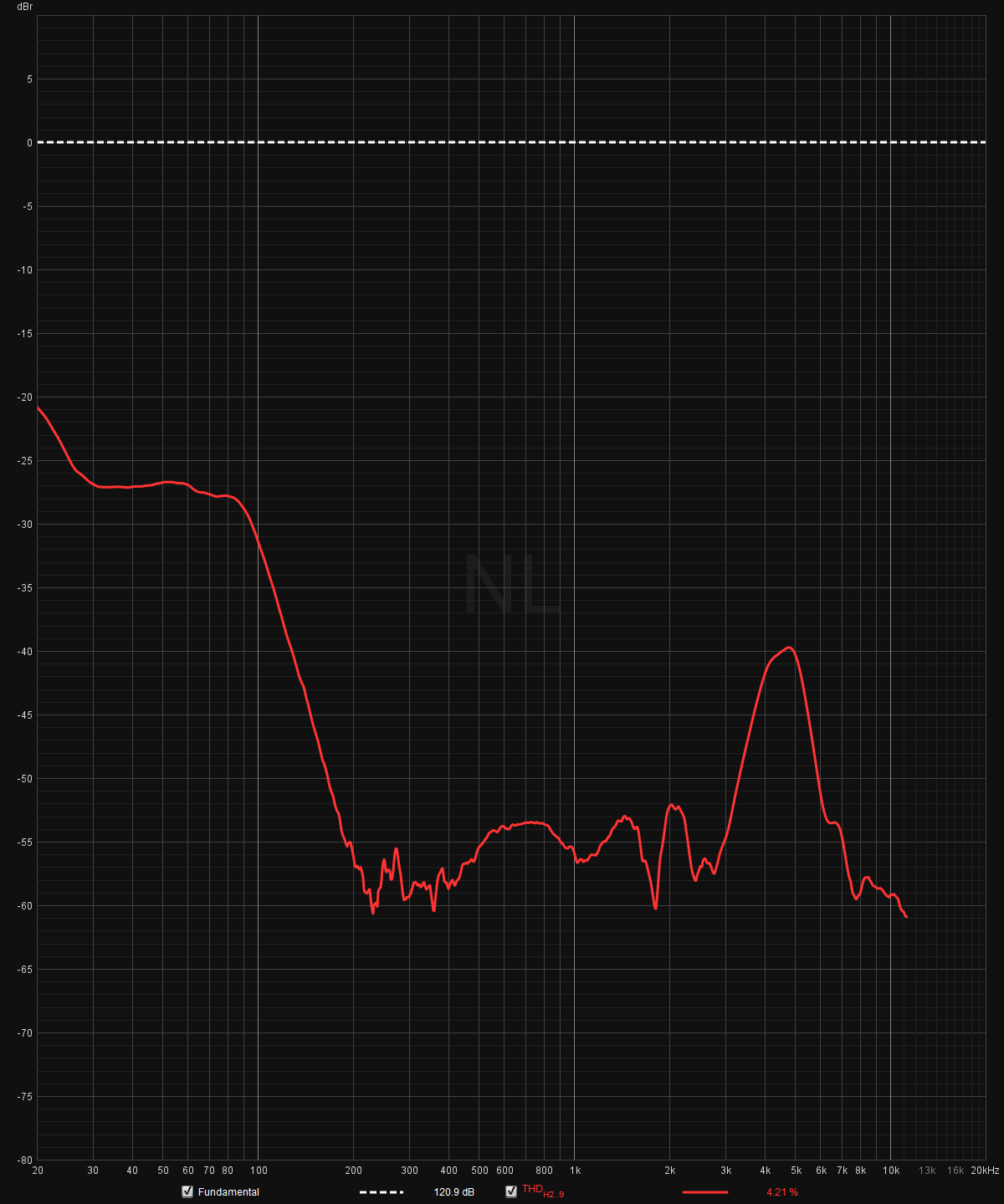
For our purposes, you just need to know one thing about the above graphs: the distortion in the bass is much higher with a bad seal. And the distortion rises even significantly higher as I approach the headphone’s maximum volume.
All that being said, I want to be clear that the above graphs alone aren’t conclusive on their own. The audibility of distortion is an oft-debated topic, and proving audibility would require more sophisticated tests than I’m able to provide. Some experiments show people are unable to detect much higher distortion levels than the ones presented above. So these graphs are really just meant to show that there is a noticeable distortion increase with the bad seal.
But coupled with the fact that I can actually, you know, hear the distortion on several such ANC headphones – it’s far from subtle – it’s clear there can be consequences to trying to overcompensate for a bad seal.
What can I do about it?
Unfortunately, the physics of sound means it’s always going to be more difficult to get great sound with a bad headphone seal. But armed with the above knowledge, you can make some educated choices and changes to improve your listening experience.
Check your fit
It might seem obvious, but before you trash your headphones, you should simply try messing around with their fit. Sometimes slight adjustments to the headband — whether to increase tension or adjust positioning — can make a marked difference in the seal you are able to achieve. Move the cups around to adjust their fit on your noggin until you feel you are getting the best seal you can achieve. Move tufts of hair out of the way, or try repositioning your glasses a bit.
You might find that’s just enough to make the sound quality acceptable again, even if it’s not ideal to constantly be checking for a proper fit.
Get thicker pads
While most manufacturers may be unwilling to provide alternatives, companies like Dekoni Audio make aftermarket earpads for a wide variety of headphones.
It is worth noting that earpads are an integral part of a headphone’s sound — especially closed-back headphones. Changing them will alter the sound, especially as this often means changing the foam filter in front of the driver as well. But considering you aren’t getting the intended sound with a bad seal anyway, chances are different pads can only improve sound quality.
Boost the bass (if your headphones can handle it)
If you have a way to apply EQ to your headphones, you should try simply elevating the bass to your liking.
Yes, I know: we’ve already established that some headphones simply can’t handle a substantial bass boost.
But headphones vary significantly in their distortion profiles, and non-ANC headphones should have a little more breathing room as to how much you can elevate the bass before distortion becomes problematic. High-end headphones can often handle a substantial bass boost without it becoming clearly audible.
All that matters is that the headphones actually sound good. If you can’t hear the distortion, it might as well not be there.
Open-back headphones
So far, we’ve been talking exclusively about closed-back headphones which are designed with a good seal in mind. But open-back headphones are designed to be precisely the opposite — they are meant to sound their best while letting sounds from the outside in and out.
This is primarily to give headphones a more spacious sound, but the open-back design has the secondary benefit of being much less finicky about getting a proper seal.

The problem is there are very few open-back headphones that support Bluetooth, although you could always buy a Bluetooth receiver to make any wired pair of headphones wireless. But noise-canceling headphones with an open design are practically unheard of.
Still, if your main goal is sound quality, you might find you’re better off getting a pair of open-back headphones than wasting time on sealed headphones that simply won’t ever sound good to you.
Manufacturers can do better
Look, I’m not saying headphone makers hate curly-haired people with glasses. It’s just that too many headphones seem to be designed without much consideration for groups of people who might have trouble getting a proper seal. I shouldn’t have to get a haircut for optimal sound quality, but here we are.
The easiest way for a manufacturer to get around this problem might be to simply provide thicker, more pliable earpads — or at least an option for those who need it. Too many headphones ship with earpads that simply aren’t able to provide an adequate seal with my hair type, or for people with glasses.
Many wireless earbuds, including Apple’s AirPods Pro, now check for a proper seal during the setup process. While a poor seal tends to be less audible on full-size headphones, a similar in-app tool could still be useful so you can check whether you’re getting the best sound quality from your cans.
But ultimately the best strategy is to simply make the headphones better — good enough that they can maintain bass with a poor seal or summon extra bass without distorting. That’s something that will take time and money.
In the meantime, if you care about sound quality, you might just have to settle for a haircut.
Get the TNW newsletter
Get the most important tech news in your inbox each week.

